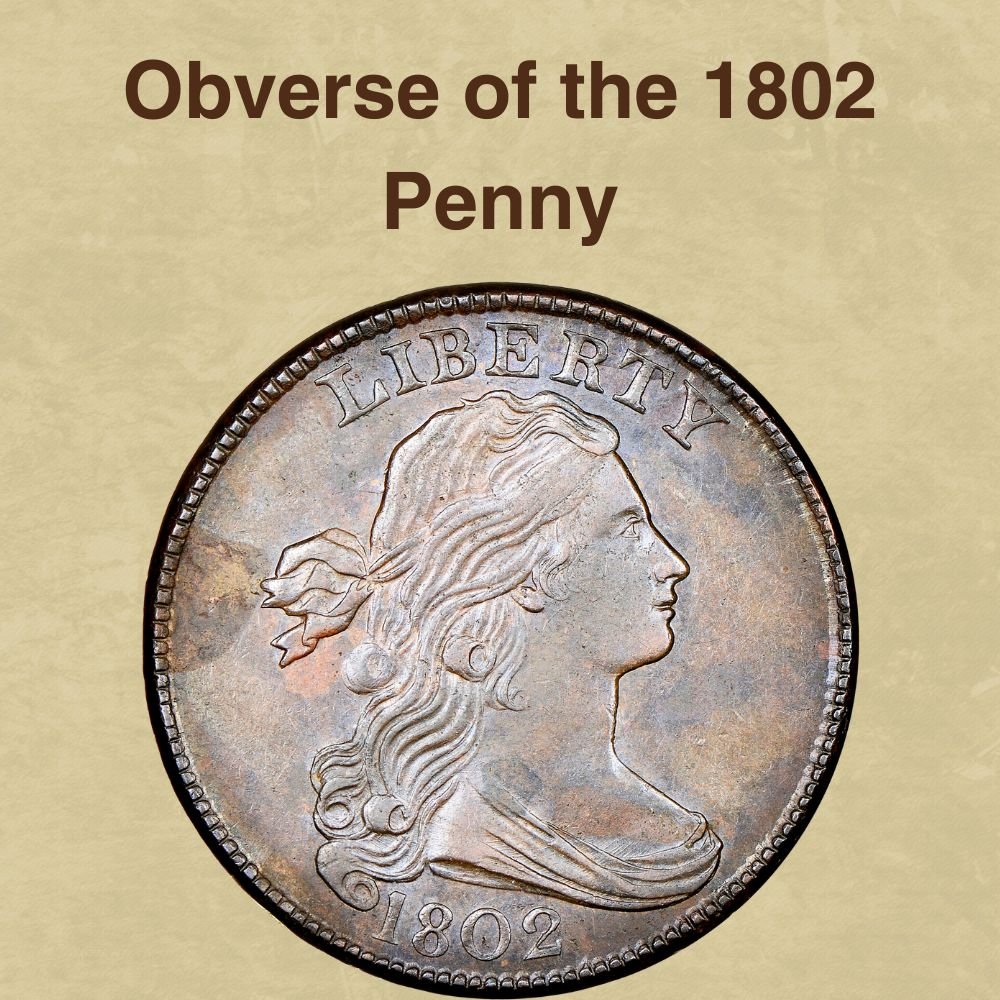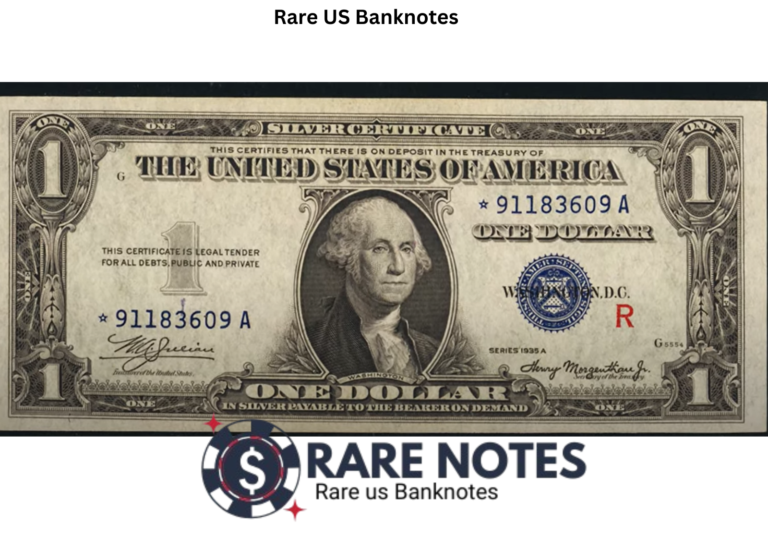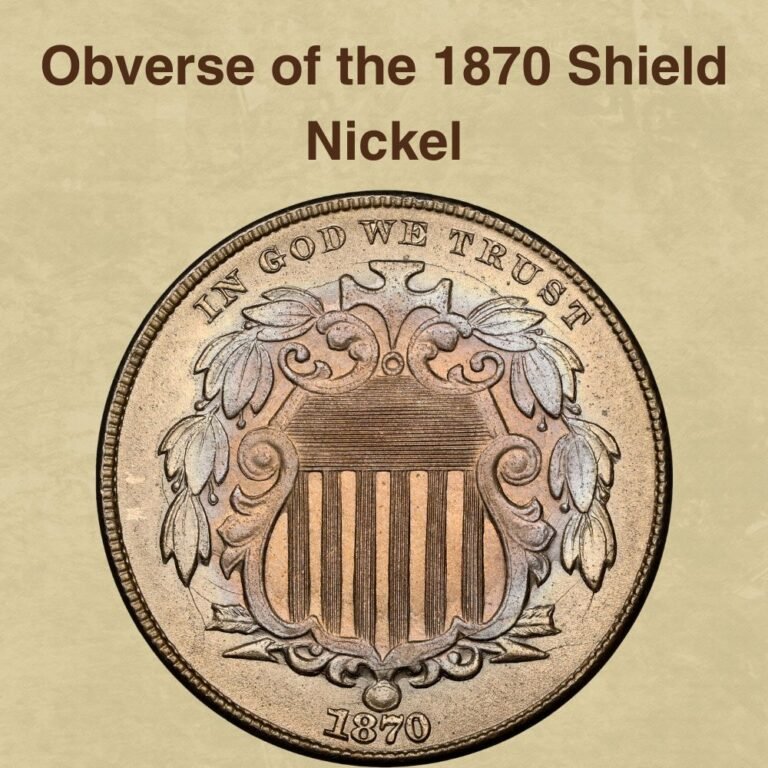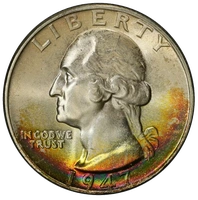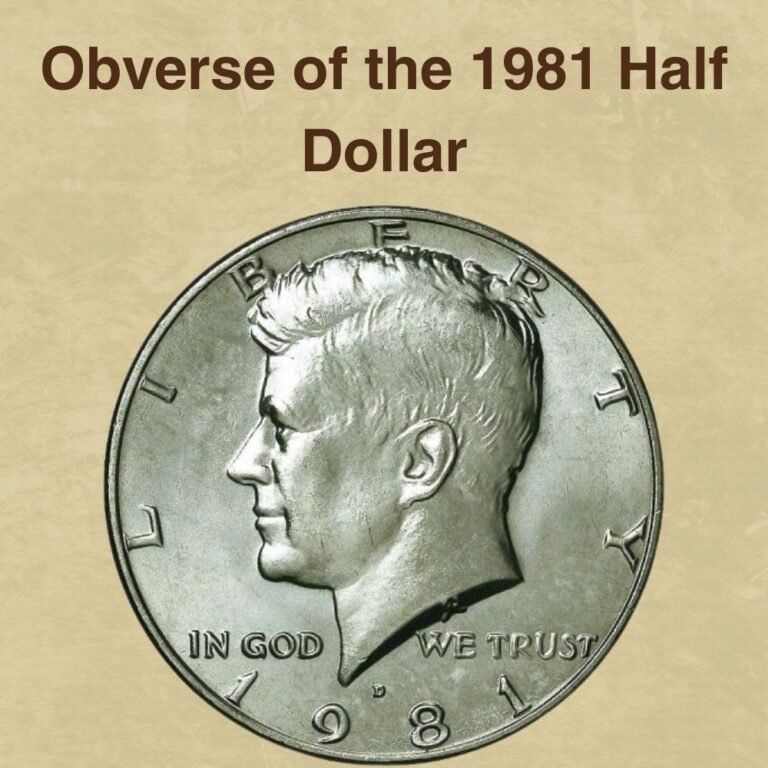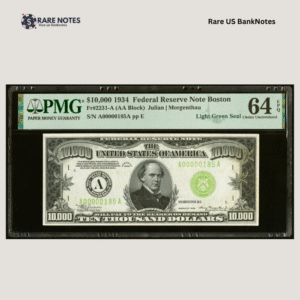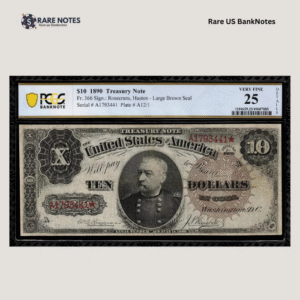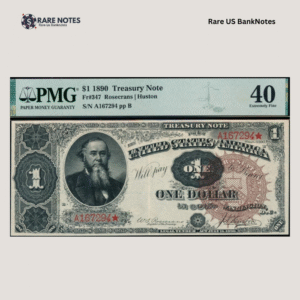Are you building a Draped Bust penny collection and wondering how much the 1802 issue is worth? Maybe you came across a good old 1802 penny and are curious whether it’s worth any money? We wrote this guide just for you!
We’ll answer all your questions about the 1802 penny value, including tips on how to grade, authenticate, and identify examples worth money. We’ll break down the market value of circulated and uncirculated pieces, and let you in on high-value minting errors you should have in your collection.
So, how much is a 1802 penny worth? Read on for all the details!
1802 Penny Value Chart |
||||
| Mint Mark | Good | Fine | Extremely Fine | Uncirculated |
| 1802 Penny Value | $115 | $360 | $1,300 | $33,500 |
| 1802 1/000 Penny Value | $120 | $400 | $1,450 | $25,000 |
| 1802 No Stem Penny Value | $135 | $375 | $1,475 | $21,500 |
History of the 1802 Penny
The 1802 penny is part of the Draped Bust design, which the United States Mint struck from 1796 to 1807. Despite having one of the highest mintages in the series, the 1802 issue still makes for a valuable addition to any collection.
The Flowing Hair design was used on the very first coins minted in independent America. But by 1796, the design had attracted so much criticism that Congress agreed to calls to change it for a more modern design.
Then-Chief Engraver Robert Scot was tasked with redesigning United States coinage. He did this by transforming a portrait of a busty lady by artist Gilbert Stuart into what would become Lady Liberty. The lady in question is said to have been a popular Philadelphia socialite by the name Ann Willing Bingham. Ms. Bingham was also the wife of the well-known statesman, William Bingham.
Robert transformed Stuart’s portrait into a bustier Lady Liberty adorned in feminine drapery, a break from the former image of Lady Liberty. This image, featured on the obverse of Draped Bust coinage, remained virtually the same until 1807, when the design was retired.
While not considered a key date, the 1802 penny is an important piece if you’re building a Draped Bust penny collection.
Also read: 12 Most Valuable Lincoln Penny Worth Money
Features of the 1802 Penny
Let’s now look at the physical characteristics of the 1802 penny, which can help with authenticating and grading your copper coins. Familiarizing yourself with these features will also come in handy when identifying Draped Bust pennies or large cents worth collecting.
Here’s what you should pay attention to:
Obverse of the 1802 Penny

The front side of the penny features the portrait of a right-facing Lady Liberty adorned in drapery that highlights her bust. A few strands of her flowy hair are held back with a ribbon, with some combed up over her forehead.
The word LIBERTY is inscribed above Lady Liberty’s portrait along the rim, while the date is shown below, also along the rim. Denticles decorate the rim’s entire circumference.
Reverse of the 1802 Penny
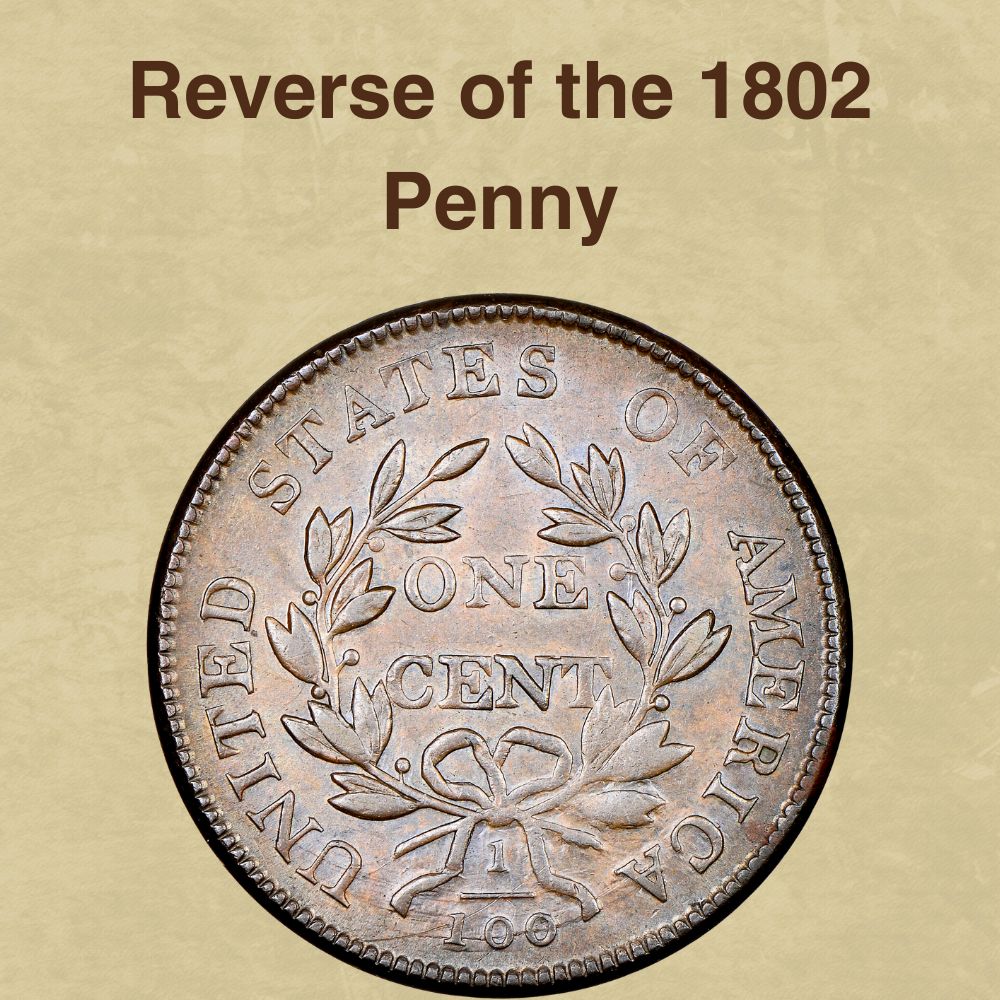
On the back, the coin’s denomination ONE CENT is surrounded by a wreath tied at the bottom with a bow. Just underneath the bow is the denomination fraction, 1/100.
The words UNITED STATES OF AMERICA are etched all around the coin’s circumference. And, similar to the obverse, denticles decorate the entire rim.
Other Features of the 1802 Penny
Additional features of the 1802 penny that are worth noting are:
- Diameter: 28.00 millimeters
- Weight: 10.89 grams
- Edge: Plain
- Metal Composition: Copper
Also read: 13 Most Valuable Wheat Penny Worth Money
1802 Penny Value Guides
So, how much is the 1802 penny? Is this old coin worth collecting? Well, the value depends on several factors such as the coin’s condition and grade, its rarity, and the presence of recognized minting errors and die varieties.
We’ll look at three types of the 1802 penny, two of which are popular die varieties:
- 1802 Penny
- 1802 1/000 Penny
- 1802 No Stems Penny
Let’s find out how much each is worth:
1802 Penny Value
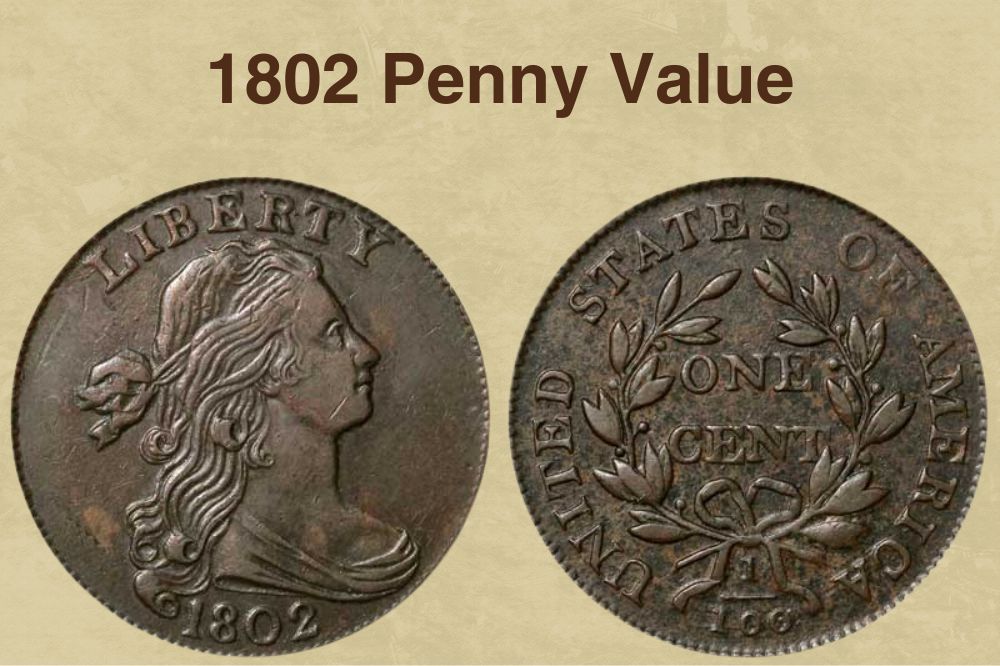
The Philadelphia Mint, the only one that produced Draped Bust pennies, struck about 3,435,100 pieces in 1802. This was one of the highest mintages in the series, which was mostly due to an abundance of copper planchets at the time. Worn pieces in lower grades are common and meet collectors’ demand, but the population drops off significantly in Extremely Fine (XF) condition.
Here’s what to expect when collecting regular strike 1802 Draped Bust pennies:
- Circulated Examples: These are plentiful and generally affordable in lower grades up to Very Good (VG). Examples graded Fine (F) and higher are a bit scarce and become pricier as you go up the grade. In Poor/Average condition, examples can sell for as much as $60, and prices quickly rise to $115 in Good (G). Fine (F) examples are worth as much as $360, while Extremely Fine (XF) pennies can fetch up to $1,300. Survivors in About Uncirculated (AU) are genuinely scarce, commanding as much as $4,450 in AU58.
- Mint State Examples: Uncirculated 1802 pennies are scarce in lower grades and rare in MS63 and higher, with the finest known example graded MS65. In MS60, survivors can sell for up to $5,050 and as much as $7,950 in MS62. Rare examples graded MS63 are worth about $13,250 and up to $20,000 in MS64. Gems are rare, with pieces graded MS65 commanding up to $33,500.
- Auction Record: In a 2008 sale, Heritage Auctions sold an MS64 for a record-shattering $43,125, making this one of the most valuable 1802 pennies.
1802 1/1000 Penny Value
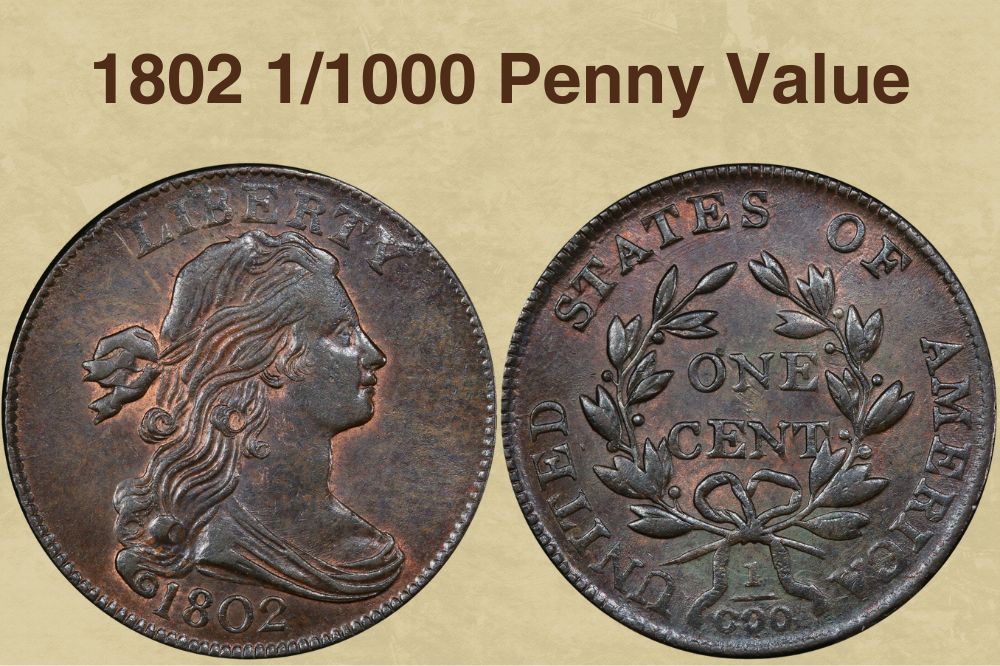
About 20 die marriages were used to strike the 1802 pennies. Among these die pairs was one used to strike the reverse of 1801 pennies, resulting in an erroneous presentation of the fraction, “1/100”, which was instead etched as “1/1000. The exact number of these pennies is unknown, but this variety is relatively common. That said, 1802 pennies with this error often command a premium as they are of great interest to collectors.
Here’s a breakdown of the value of 1802 1/1000 pennies:
- Circulated Examples: Worn examples are relatively common up to the Fine (F) grade. Examples higher than Fine (F) are scarce and can command a modest premium. In Poor/Average condition, examples can sell for as much as $80 and up to $120 in Good (G) condition. Fine (F) examples are worth at least $400, while Extremely Fine (XF) ones will sell for as much as $1,450. About Uncirculated (AU) examples can be difficult to find and often command premiums of up to $5,450 in AU58.
- Uncirculated Examples: These are genuinely rare in grades higher than MS63, with the finest example graded MS65. Examples in MS60 can fetch up to $5,550 while those in MS62 are worth at least $8,950. Pennies in MS63 are extremely rare, with only a few known examples, which can sell for as much as $15,000. Rare gems graded MS64 can fetch at least $25,000.
- Auction Record: In a record-breaking sale in 2005, Heritage Auctions sold an extremely rare MS65 for a remarkable $27,600.
1802 No Stems Penny Value
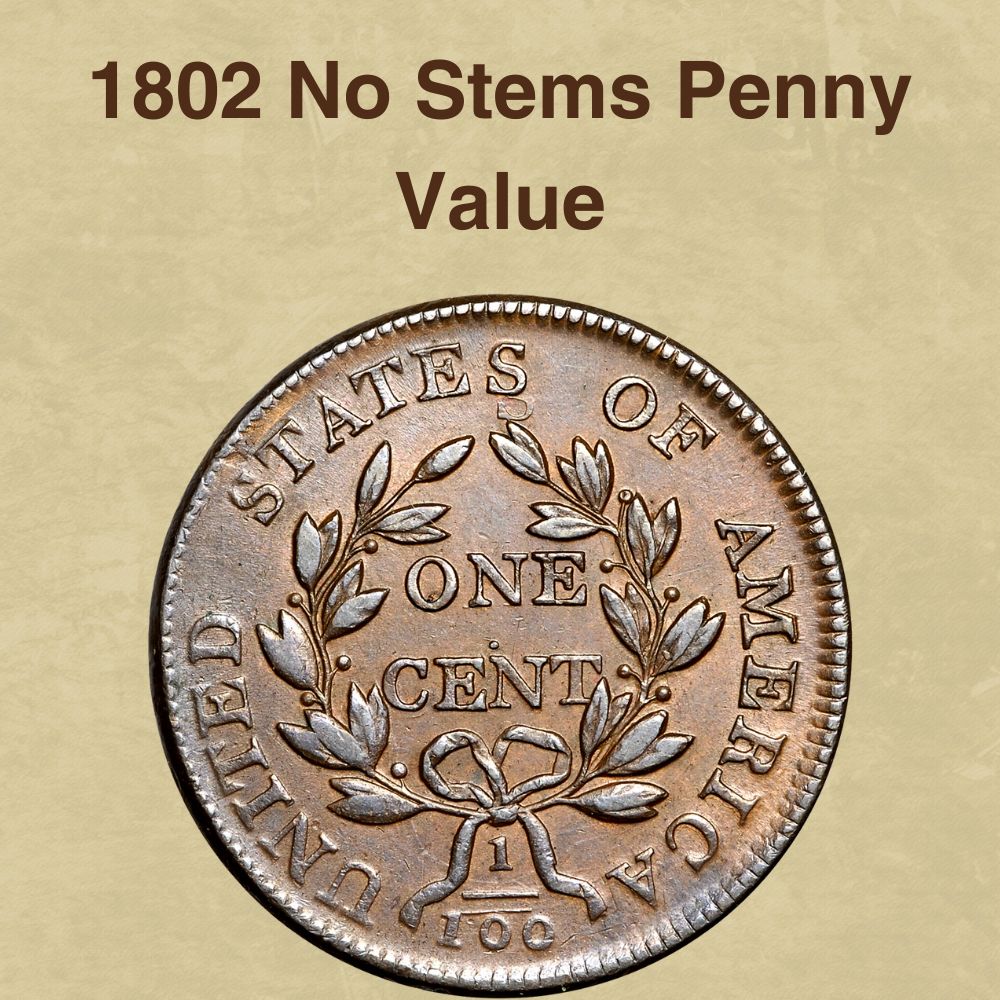
Some 1802 pennies were struck from a die pairing of two obverse dies and two incomplete reverse dies. On one of the incomplete reverse dies, the engraver did not include stems at the bottom of the wreath; thus, the name “no stems.” These pennies are generally common in lower grades but, like their counterparts, can be hard to find in Mint State.
Here’s a breakdown of the market value of 1802 “no stem” penny:
- Circulated Example: These are common up to grade Fine (F), after which the population drops off as indicated by the steep price increase. In Poor/Average condition, an example can fetch as much as $65 and up to $135 in Good (G) condition. Fine (F) examples are a bit pricier, selling for about $375, while scarce Extremely Fine (XF) examples can bring in up to $1,475. The population of About Uncirculated (AU) examples is quite small, making such examples worth a modest premium of at least $4,900.
- Mint State Example: Uncirculated “no stem” varieties are rare, and Gems are genuinely hard to find. With so few survivors, the prices of these pieces can be prohibitive for the non-advanced collector. In MS60, examples can fetch as much as $5,850, while in MS62 prices shoot to as much as $8,500 and at least $15,750 in MS63. Gems in MS64 are genuinely rare, commanding premiums of up to $21,500.
- Auction Record: In 2008, Heritage Auctions sold a rare MS64 for a remarkable $24,500. This is one of the most valuable 1802 “no stem” pennies.
Also read: 17 Most Valuable Indian Head Penny Worth Money
1802 Penny Grading
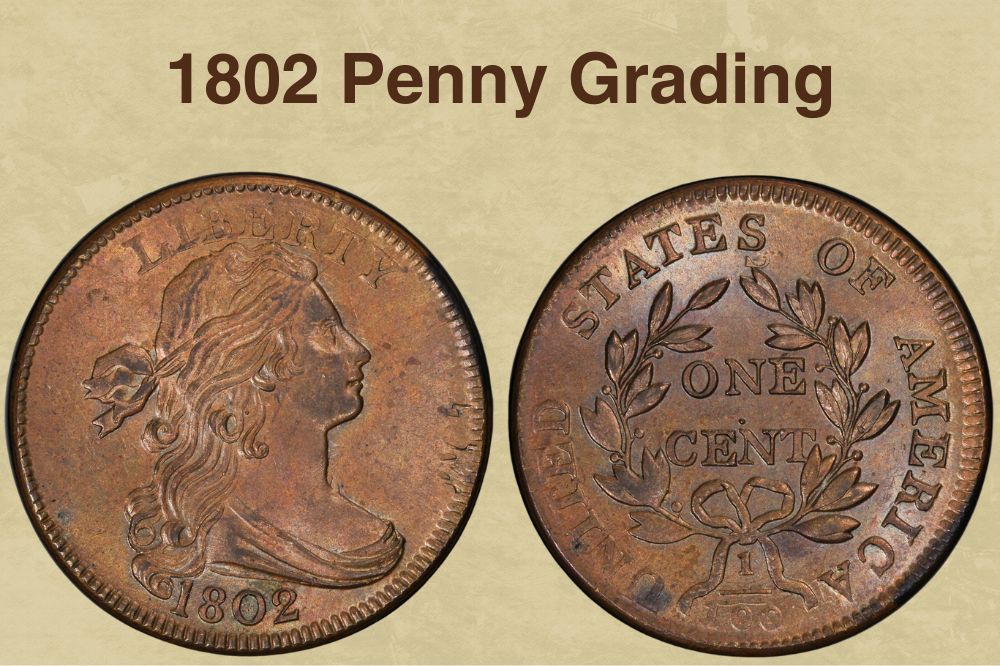
Grading a 1802 penny involves examining high-contact points that wear out quickly. On the obverse, inspect Liberty’s hair strands, curls, and hair above her forehead, her ribbon, cheek, and bust area. On the reverse, check the bow and wreath details, including the leaves and stems.
In Good (G) condition, the obverse and reverse details will be heavily worn, with weak outlines. Examples in Fine (F) to Extremely Fine (XF) will display more detail and less wear, while in About Uncirculated (AU), the coins will show full detail with only traces of wear. Mint State (MS60+) pennies display no wear; they have full, strong detail, and mint luster.
Rare 1802 Penny Errors List
Several minting errors show up in the Draped Bust coin series, including the 1802 penny. Although not all errors are significant or valuable, a few are certainly worth collecting.
Here are some 1802 penny errors worth a spot in your collection:
1. 1802 Penny Off-Center Strike Error
On some 1802 pennies, the obverse design is struck away from the center and more toward the coin’s rim. This off-center strike occurs due to a misalignment between the die and planchet, resulting in the design being struck away from its usual position.
The greater the off-strike, the more valuable the error generally is. For instance, a 20% off-center strike will be more dramatic and therefore, valuable than a 5% off-center error. This error can add $20-$100 or more to the value of your coin. In 2006, a collector on eBay paid $620 for a 1802 penny graded Very Fine (VF) with a 30% off-center strike error.
2. 1802 Penny Re-Punched Date Error
A re-punched date occurs when the date is struck into the working die multiple times at slightly different positions, possibly as the mint worker attempts to correct an error. This results in the date digits appearing doubled or with a ghost outline.
A re-punched date error is worth about $20-$80, depending on the coin’s condition. In a 2010 sale, Stack’s & Bowers auctioned an Extremely Fine (XF) 1802 penny with a re-punched date error for an impressive $1,400.
3. 1802 Penny Double Struck Error
A double struck error is one in which the coin has two impressions of the design. In this case, the obverse features two identical portraits of Lady Liberty. This error occurs due to a die-planchet misalignment, where the die first strikes the design in the correct position and then in a different position on the second strike, resulting in two impressions of the same design. A double strike is among the most dramatic errors, adding as much as $20-$100 or more to your coin’s value.
Also read: 11 Most Valuable Wheat Penny Errors
Where to Sell Your 1802 penny?
Now that you know the value of your coins, do you know where to sell those coins online easily? Don’t worry, I’ve compiled a list of these sites, including their introduction, pros, and cons.
Check out now: Best Places To Sell Coins Online (Pros & Cons)
FAQs
How much is a 1802 penny worth today?
The value of a 1802 penny depends on its condition, grade, and rarity. Circulated or worn pieces are worth about $60 to as much as $5,540, while uncirculated gems can command up to $33,500 or more.
How to tell if a 1802 penny is worth any money?
The most valuable 1802 pennies are those with well-known die-varieties such as the “1/000” and “no stem” varieties. Not only are these examples scarce and hard to come by, but they can also command a premium as they are fascinating to collectors. So, if you come across a 1802 penny, examine the reverse for these die errors—depending on its condition, your coin might be worth a small fortune.
Is a 1802 penny rare?
The 1802 Draped Bust penny is not rare. This classical coin is fairly common in lower, circulated grades, although survivors are few in higher grades. That said, Mint State 1802 pennies are genuinely rare, especially in MS63 and higher, and Gems in MS64 or finer are extremely hard to find. Uncirculated examples can, therefore, command high premiums.
Market Interest Trend Chart
if (window.innerWidth <= 480) {
canvas.height = 250;
} else if (window.innerWidth <= 768) {
canvas.height = 300;
} else {
canvas.height = 400;
}
var ctx = canvas.getContext(“2d”);
var fullLabels = [“09/2015″,”10/2015″,”11/2015″,”12/2015″,”01/2016″,”02/2016″,”03/2016″,”04/2016″,”05/2016″,”06/2016″,”07/2016″,”08/2016″,”09/2016″,”10/2016″,”11/2016″,”12/2016″,”01/2017″,”02/2017″,”03/2017″,”04/2017″,”05/2017″,”06/2017″,”07/2017″,”08/2017″,”09/2017″,”10/2017″,”11/2017″,”12/2017″,”01/2018″,”02/2018″,”03/2018″,”04/2018″,”05/2018″,”06/2018″,”07/2018″,”08/2018″,”09/2018″,”10/2018″,”11/2018″,”12/2018″,”01/2019″,”02/2019″,”03/2019″,”04/2019″,”05/2019″,”06/2019″,”07/2019″,”08/2019″,”09/2019″,”10/2019″,”11/2019″,”12/2019″,”01/2020″,”02/2020″,”03/2020″,”04/2020″,”05/2020″,”06/2020″,”07/2020″,”08/2020″,”09/2020″,”10/2020″,”11/2020″,”12/2020″,”01/2021″,”02/2021″,”03/2021″,”04/2021″,”05/2021″,”06/2021″,”07/2021″,”08/2021″,”09/2021″,”10/2021″,”11/2021″,”12/2021″,”01/2022″,”02/2022″,”03/2022″,”04/2022″,”05/2022″,”06/2022″,”07/2022″,”08/2022″,”09/2022″,”10/2022″,”11/2022″,”12/2022″,”01/2023″,”02/2023″,”03/2023″,”04/2023″,”05/2023″,”06/2023″,”07/2023″,”08/2023″,”09/2023″,”10/2023″,”11/2023″,”12/2023″,”01/2024″,”02/2024″,”03/2024″,”04/2024″,”05/2024″,”06/2024″,”07/2024″,”08/2024″,”09/2024″,”10/2024″,”11/2024″,”12/2024″,”01/2025″,”02/2025″,”03/2025″,”04/2025″,”05/2025″,”06/2025″,”07/2025″,”08/2025”];
var monthNames = [“September 2015″,”October 2015″,”November 2015″,”December 2015″,”January 2016″,”February 2016″,”March 2016″,”April 2016″,”May 2016″,”June 2016″,”July 2016″,”August 2016″,”September 2016″,”October 2016″,”November 2016″,”December 2016″,”January 2017″,”February 2017″,”March 2017″,”April 2017″,”May 2017″,”June 2017″,”July 2017″,”August 2017″,”September 2017″,”October 2017″,”November 2017″,”December 2017″,”January 2018″,”February 2018″,”March 2018″,”April 2018″,”May 2018″,”June 2018″,”July 2018″,”August 2018″,”September 2018″,”October 2018″,”November 2018″,”December 2018″,”January 2019″,”February 2019″,”March 2019″,”April 2019″,”May 2019″,”June 2019″,”July 2019″,”August 2019″,”September 2019″,”October 2019″,”November 2019″,”December 2019″,”January 2020″,”February 2020″,”March 2020″,”April 2020″,”May 2020″,”June 2020″,”July 2020″,”August 2020″,”September 2020″,”October 2020″,”November 2020″,”December 2020″,”January 2021″,”February 2021″,”March 2021″,”April 2021″,”May 2021″,”June 2021″,”July 2021″,”August 2021″,”September 2021″,”October 2021″,”November 2021″,”December 2021″,”January 2022″,”February 2022″,”March 2022″,”April 2022″,”May 2022″,”June 2022″,”July 2022″,”August 2022″,”September 2022″,”October 2022″,”November 2022″,”December 2022″,”January 2023″,”February 2023″,”March 2023″,”April 2023″,”May 2023″,”June 2023″,”July 2023″,”August 2023″,”September 2023″,”October 2023″,”November 2023″,”December 2023″,”January 2024″,”February 2024″,”March 2024″,”April 2024″,”May 2024″,”June 2024″,”July 2024″,”August 2024″,”September 2024″,”October 2024″,”November 2024″,”December 2024″,”January 2025″,”February 2025″,”March 2025″,”April 2025″,”May 2025″,”June 2025″,”July 2025″,”August 2025”];
var gradient = ctx.createLinearGradient(0, 0, 0, canvas.height);
gradient.addColorStop(0, “rgba(62, 154, 229, 0.3)”);
gradient.addColorStop(1, “rgba(62, 154, 229, 0.01)”);
new Chart(ctx, {
type: “line”,
data: {
labels: [“09/2015″,””,””,””,””,””,””,””,””,””,””,””,””,””,””,””,””,””,””,””,””,””,””,””,””,””,””,””,””,””,””,””,””,””,””,””,””,””,””,””,””,””,””,””,””,””,””,””,””,””,””,””,””,””,””,””,””,””,””,””,””,””,””,””,””,””,””,””,””,””,””,””,””,””,””,””,””,””,””,””,””,””,””,””,””,””,””,””,””,””,””,””,””,””,””,””,””,””,””,””,””,””,””,””,””,””,””,””,””,””,””,””,””,””,””,””,””,””,””,”08/2025″],
datasets: [{
label: “Volume”,
data: [0,0,0,3370,3370,4490,1120,1120,0,0,0,0,0,0,1120,1120,1680,560,1120,560,560,560,2240,2800,2800,1120,560,0,0,0,0,0,0,0,0,0,560,560,560,0,1680,3370,3370,1680,1680,1680,1680,0,270,160,160,270,350,270,160,270,200,350,270,200,160,240,210,270,250,210,570,570,370,290,220,290,460,270,340,380,580,350,510,220,380,460,360,700,380,480,260,430,320,230,250,370,440,280,470,260,410,160,190,250,520,610,560,290,160,180,420,350,470,240,260,330,590,690,640,370,240,260,500,430],
borderColor: “#3e9ae5”,
backgroundColor: gradient,
borderWidth: 3,
fill: true,
tension: 0.4,
pointRadius: 0,
pointHoverRadius: 6,
pointBackgroundColor: “#3e9ae5”,
pointBorderColor: “#fff”,
pointBorderWidth: 2,
pointHoverBackgroundColor: “#3e9ae5”
}]
},
options: {
responsive: true,
maintainAspectRatio: false,
interaction: {
mode: “index”,
intersect: false
},
layout: {
padding: {
left: 0,
right: 0,
top: 10,
bottom: 10
}
},
scales: {
x: {
title: {
display: false
},
grid: {
display: false,
drawBorder: false
},
ticks: {
autoSkip: false,
maxRotation: 0,
minRotation: 0,
padding: 5,
font: {
size: window.innerWidth < 768 ? 10 : 12,
color: “#6b7280”
}
}
},
y: {
title: {
display: false
},
position: “left”,
beginAtZero: true,
min: 0,
max: 5000,
grid: {
display: true,
color: “rgba(0, 0, 0, 0.06)”,
drawBorder: false,
drawTicks: false
},
ticks: {
stepSize: (function() {
var range = 5000;
var step = range / 10;
if (step > 50000) {
step = Math.ceil(step / 10000) * 10000;
} else if (step > 20000) {
step = Math.ceil(step / 5000) * 5000;
} else if (step > 10000) {
step = Math.ceil(step / 2000) * 2000;
} else if (step > 5000) {
step = Math.ceil(step / 1000) * 1000;
} else if (step > 1000) {
step = Math.ceil(step / 500) * 500;
} else if (step > 100) {
step = Math.ceil(step / 100) * 100;
} else {
step = Math.ceil(step / 10) * 10;
}
return step;
})(),
padding: 10,
font: {
size: window.innerWidth < 768 ? 10 : 12,
color: “#6b7280”
},
callback: function(value, index, values) {
if (value >= 1000) {
return (value / 1000).toFixed(0) + “k”;
}
return Math.round(value);
}
}
}
},
plugins: {
legend: {
display: false
},
tooltip: {
mode: “index”,
intersect: false,
backgroundColor: “rgba(0, 0, 0, 0.8)”,
titleColor: “#fff”,
bodyColor: “#fff”,
borderColor: “#3e9ae5”,
borderWidth: 1,
padding: 10,
cornerRadius: 4,
displayColors: false,
callbacks: {
title: function(context) {
var index = context[0].dataIndex;
return monthNames[index];
},
label: function(context) {
var value = context.parsed.y;
return “Volume: ” + value.toLocaleString();
}
}
}
}
}
});
}
} else {
console.error(“Chart.js not loaded”);
}
});
The post 1802 Penny Coin Value: How Much Is It Worth Today? appeared first on CoinValueChecker.com.


